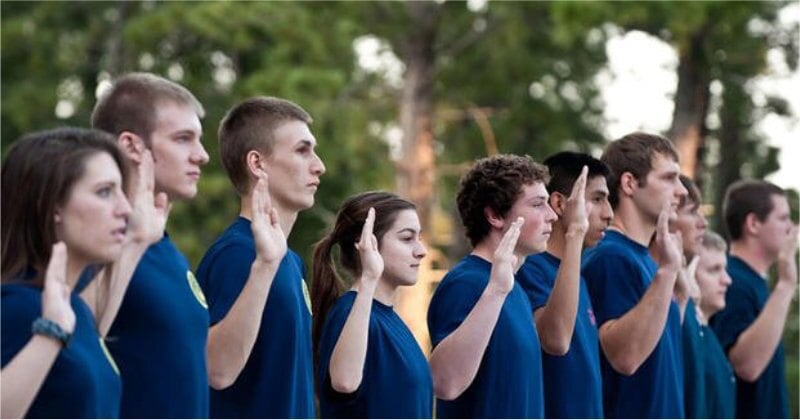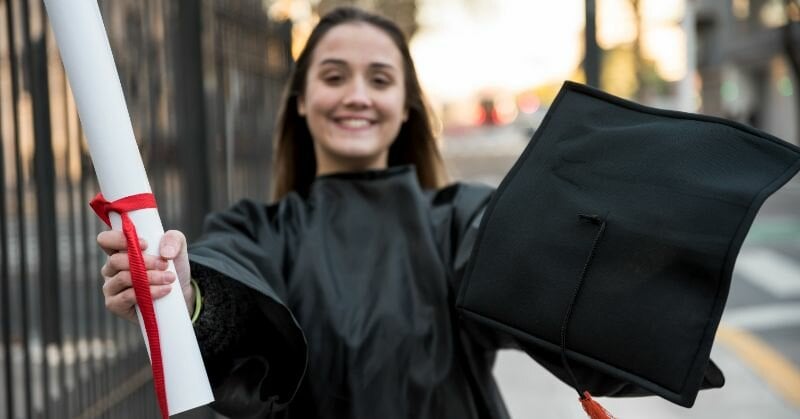International sports scholarships help student-athletes pursue higher education abroad while competing at top levels. They offer tuition support, training, and global exposure. This article explores key programs, how to apply, and how these scholarships compare with other international funding options.

1. What Are International Sports Scholarships?
International sports scholarships are financial aid packages awarded to non-domestic students who demonstrate outstanding athletic performance and academic potential. These scholarships are typically offered by universities aiming to strengthen their sports programs while diversifying their student body.
They often include:
Full or partial tuition waivers
Accommodation support or stipends
Access to training facilities, medical care, and nutritionists
Dedicated coaching staff and mentoring programs
Eligibility depends on the athlete's competitive record, academic transcripts, English language proficiency, and recommendations. Some scholarships last for one academic year, while others span the full duration of a degree, with annual renewal based on performance.
2. Top Destinations and Institutions Offering Sports Scholarships
Athletic scholarships are available worldwide, but some countries offer more established and structured programs:
United States
The U.S. remains the global leader in sports scholarships, thanks to the NCAA, NAIA, and NJCAA structures.
Common sports: Soccer, basketball, tennis, swimming, track & field
Eligibility: NCAA Clearinghouse registration, SAT/ACT scores, and coach recruitment
Schools: University of Southern California, Duke University, University of Florida
United Kingdom
Several UK universities offer sports bursaries alongside academic scholarships.
Programs: Sports Scholars Program, Talented Athlete Scholarship Scheme (TASS)
Common sports: Rowing, athletics, rugby, football
Schools: University of Bath, Loughborough University, University of Birmingham
Canada
Canadian universities offer fewer athletic scholarships, but many combine merit-based awards with sports funding.
Governing body: U SPORTS
Popular sports: Ice hockey, soccer, basketball
Schools: University of Toronto, McGill University
Australia
Known for integrating sports into education, Australia offers hybrid programs through its Elite Athlete Friendly University Network.
Scholarships: Sports & merit-based bundles
Common sports: Swimming, triathlon, cricket
Schools: University of Queensland, University of Sydney
Other Regions
Emerging programs are available in parts of Europe, Asia, and the Middle East, with schools increasingly using sports as a recruitment tool for international diversity.
3. Types of International Scholarships Relevant to Athletes
While some scholarships are strictly athletic, many others can support student-athletes if combined strategically:
| Scholarship Type | Level | Notes |
|---|---|---|
| International Sports Scholarship | Undergrad/Grad | Based on athletic performance and team participation |
| International Merit Scholarship | All levels | May prioritize student-athletes with strong grades and extracurriculars |
| Karsh International Scholarship | Undergraduate (Duke) | Highly competitive, covers full costs, open to athletes with academic merit |
| Zonta / Altrusa Scholarships | Female or regional | For leadership, community involvement—athletes with outreach fit well |
| International Business Scholarship | Business students | Relevant for sports management majors or dual-focus students |
| International PhD/Master Scholarship | Graduate/Postgrad | Few directly related to sports, but open to sports-related research fields |
Tip: Combine athletic funding with academic or community service-based aid to maximize your financial package.
4. Application Process and Key Requirements
Applying for an international sports scholarship involves both academic and athletic documentation. Key components include:
Academic transcripts (translated and GPA converted)
Athletic resume: Include stats, rankings, tournament records
Highlight video: 3–5 minutes showcasing skill and gameplay
Letters of recommendation: From coaches and teachers
Proof of English proficiency: TOEFL, IELTS, or equivalent
Eligibility clearance: NCAA or NAIA registration (for U.S.)
In most cases, direct communication with university coaches is just as important—if not more—than the formal scholarship portal.
5. How to Increase Your Chances of Receiving a Sports Scholarship
The global competition is intense, so proactive preparation is key.
Start Early
Begin researching and contacting programs 12–18 months before intended enrollment. Build relationships with coaches and admission officers.
Build a Strong Highlight Reel
Quality video footage is often the first thing coaches see. Make it brief, clear, and high-resolution. Include game context and position-specific skills.
Apply to Multiple Schools
Don’t rely on a single application. Spread across various tiers and countries for better odds Combine Multiple Scholarships
Apply for sports-specific, merit-based, and international financial aid separately. Many programs allow stacking.
Use Verified Platforms
Use official portals like:
NCAA/NAIA Eligibility Centers
University-specific pages for international students
6. Balancing Academics and Athletics Abroad
Studying abroad while competing in sports brings unique challenges—and incredible personal growth.
Time Management
Athletes must manage training schedules, travel, coursework, and rest. Institutions often offer support services like tutoring and time planning workshops.
Course Selection
Some student-athletes choose degrees that align with their sports careers:
Sports Science
Nutrition
International Business
Sports Psychology
Cultural Adaptation
International students face cultural and language barriers, but also gain resilience and cross-cultural communication skills.
Health and Wellness
Most athletic scholarships include access to medical professionals, physiotherapists, and insurance plans. Confirm what's covered before accepting.
7. Post-Graduation Pathways for International Student-Athletes
Graduating with sports and academic credentials opens several doors:
Go Pro
Some athletes go on to compete professionally, especially in Europe, North America, or Asia. Your scholarship can serve as a launchpad.
Graduate Programs
Many athletes pursue advanced degrees using international master scholarships or postgraduate international scholarships in related fields.
Career in Sports
Options include:
Coaching
Sports administration
Athletic training or therapy
Event coordination
Marketing in sports brands or agencies
Transition to Business
Athletes with business scholarships can move into:
Sponsorship strategy
International sports law
Sports tech startups
Nonprofits or federations
8. Conclusion: Sports as a Global Education Gateway
International sports scholarships are more than financial aid—they are tools for transformation. They offer access to prestigious universities, global exposure, and lifelong opportunities in both sports and academics.
Whether you're aiming for an elite NCAA soccer team, studying sports science in Australia, or pursuing leadership as a student-athlete, there’s a scholarship out there for you.



